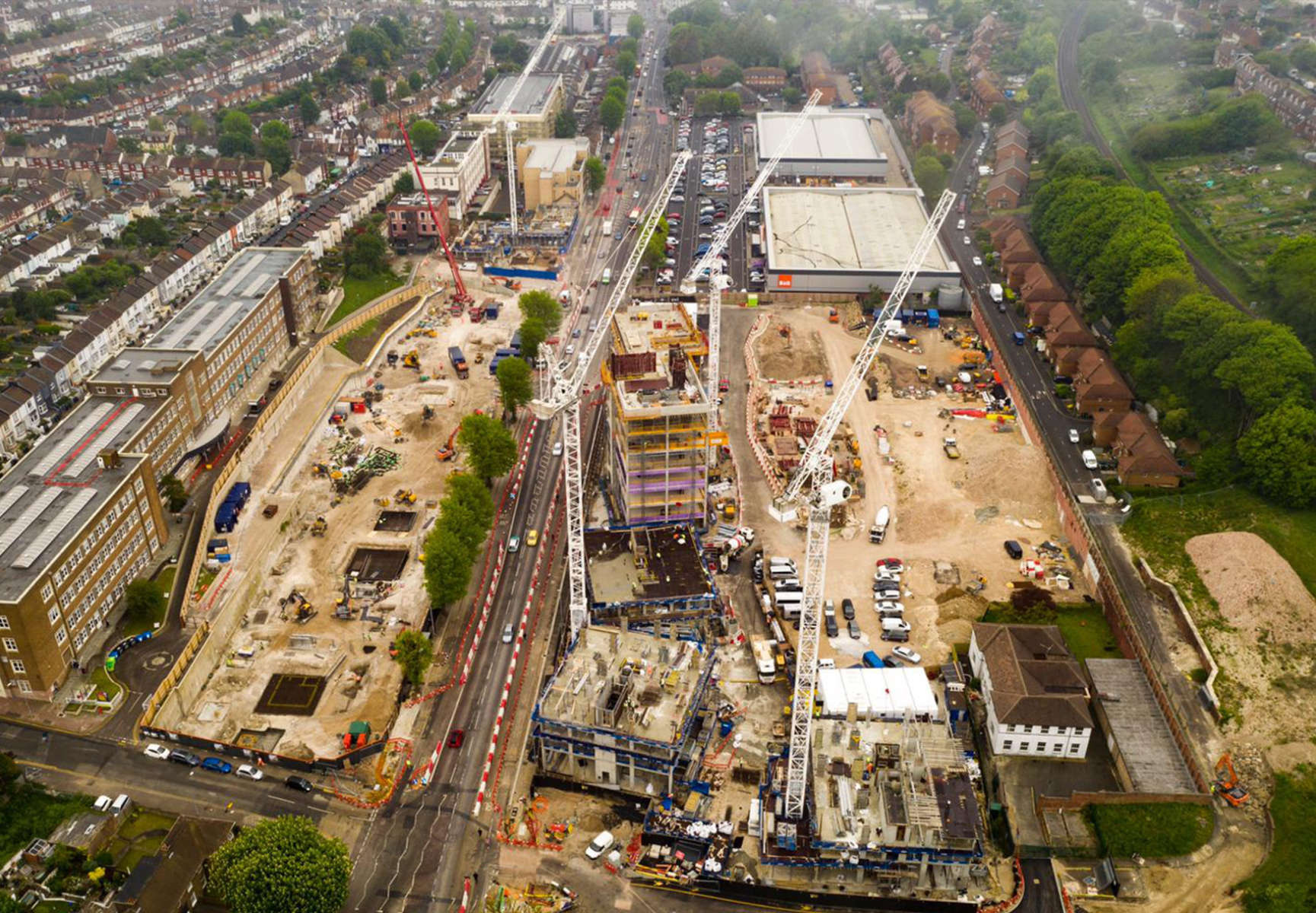5. Sensitivity towards crafting places rests on an understanding of our place in time, acknowledging that everything built must retain a capacity for change. There should be unfinished spaces in the city where unpredictability can occur – meanwhile is definitely worthwhile.
6. We believe the future of urban living rests on the creation of flexible and resilient neighbourhoods. Driving industry out of the city results in areas where ground floors are left vacant and mono-cultural use persists.
7. The sustainable solution is to find ways for light industry, fabrication spaces, homes, schools and retail to cohabit. We are lucky to have a number of projects in Hackney Wick, Fish Island and the new neighbourhoods of Eastwick and Sweetwater adjacent to the Queen Elizabeth Park, where we are weaving existing and new communities together. Nurturing the co-living and co- working models of informal ’warehouse living’ represents part of the solution to the housing crisis.

